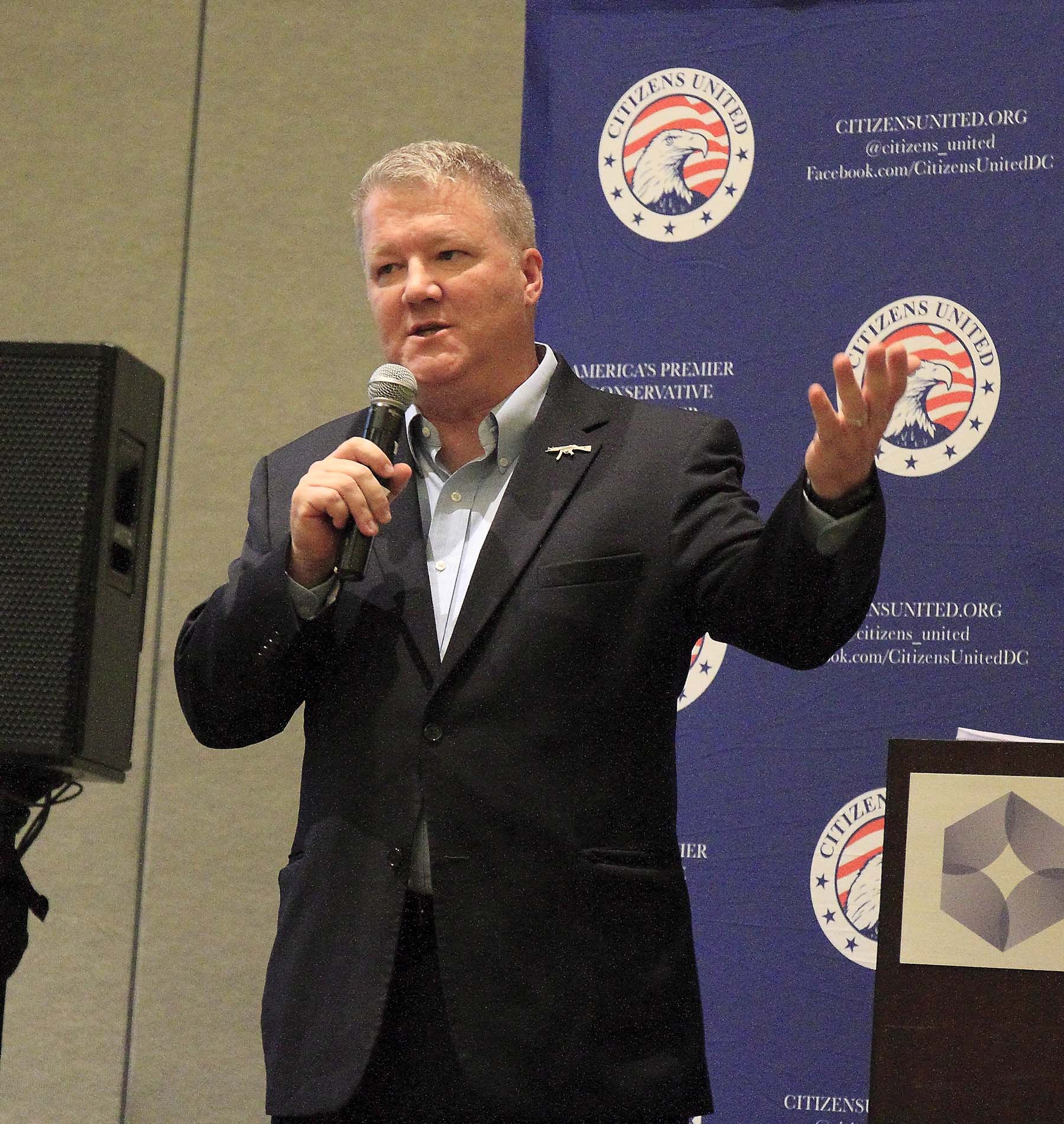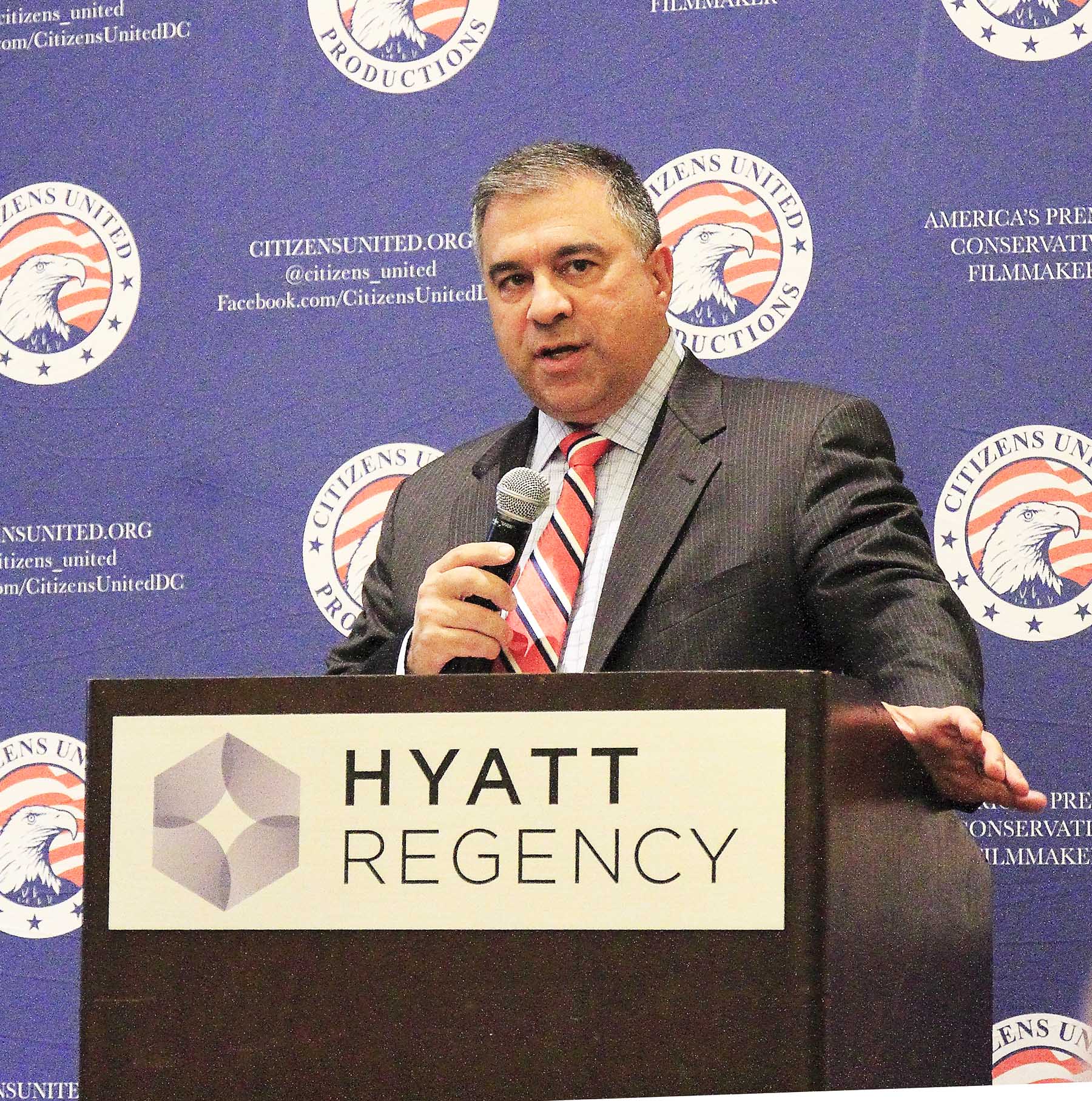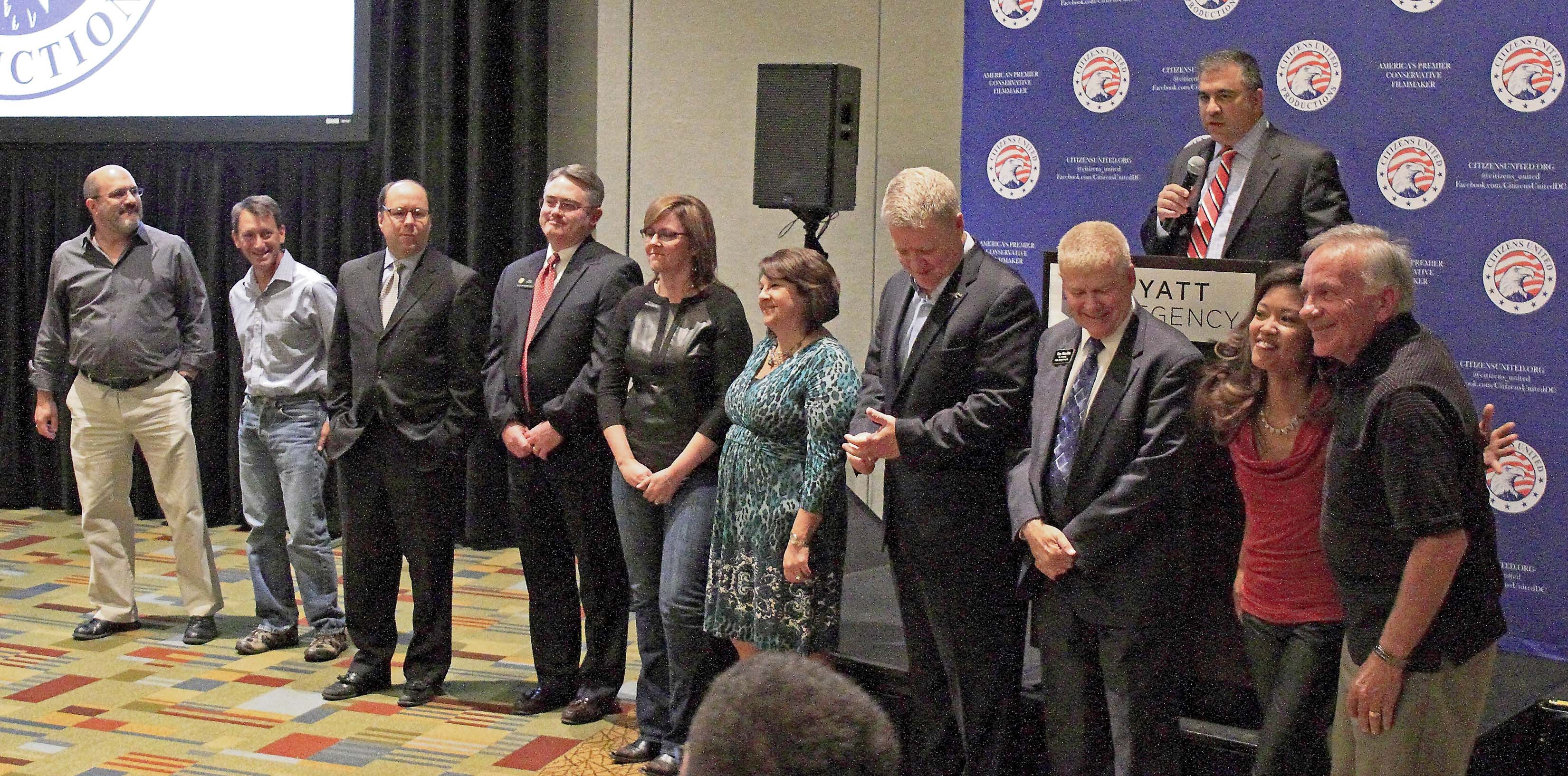After noticing that Citizens United received a judgment in their favor last week to be treated as a media outlet to release and promote their new film Rocky Mountain Heist, I sent an email to them requesting a copy of the film for posting to YouTube. I expected they would grant my request given the short time until the election and my presumption that they would appreciate any additional exposure for the ideas in the film.
In response I received an invitation to attend a Denver premier showing of the film Wednesday night at the Hyatt Regency. See http://youtu.be/JvSfl2FXfP4 to get a flavor of the evening. While most of the conservative movement in America seemed to be there last night, there was not a single Leftist in sight. No signs, no bullhorns, no shoving, no cops, no litter, no bodyguards blocked the way. Just a roomful of conservative luminaries completely open, walking the walk, talking the talk, unthreatened and unafraid, completely accessible. Cool.
I had a chance to meet David Bossie so I asked him if I could publish the film on YouTube. He turned me down and explained it was necessary in order to defend Citizens United’s copyright to the film – certainly a reasonable position since, upon further inspection, I found that Citizens United publishes their films for a fee on their website. My mistake was to presume their only interest was partisan when in fact they’re also in the business of selling views of their documentary films. I was naïve to think they made films solely for the greater good. People have to make money too and good for them that they’ve found a way to profitably work in conjunction with serving society by resisting encroaching totalitarianism.
Rocky Mountain Heist had its genesis in The Blueprint, published in 2010, which I finally got around to reading last week. It is a beyond-eye-opening education in todays American politics.
From Adam Schrager and Rob Witwer, The Blueprint – How the Democrats Won Colorado, 2010.
“After Amendment 27, campaign spending in meaningful quantities could only be accomplished through the “independent sector”–a collection of nonprofit organizations that stepped into the role once occupied by political parties. . . a garden of think tanks, political 527s, 501(c)(3) charitable organizations, 501(c)(4) “social welfare” organizations, new media outlets, progressive watchdog groups, and assorted activist organizations. . .” p 40-41
“. . .while nonprofits were no longer allowed to coordinate their activities with candidates or political parties, they were perfectly free to coordinate among themselves. And coordinate they did.” p 71
The poetic phrase from one leader I spoke with last night was, “Political parties have become eunuchs.” Another leader explained to me that coordination between financial politics and party politics still exists, albeit informally where no tweets, no emails, no texts, and no communications that leave an audit trail can follow.
While some probably think political parties received karmic justice in campaign finance reform, my guess is that the majority of Americans don’t yet appreciate the financial separation of political money from political parties.
Americans who watch TV see the thousands of political ads produced by organizations “not paid for by a candidate and not authorized by any candidate or candidate’s committee,” that spend hundreds of millions to produce and deliver political content to the electorate. He who pays the piper calls the tune and it’s the profit-motivated, “independent sector” paying the piper today. It’s fair to assume they’re calling the tunes too.
Prior to campaign finance reform when political parties themselves received the bulk of political funding, the case for corruption was that politicians could be directly bought. If the electorate came to dislike the politician, however, the first stop on the complaint trail was the politician. Maybe this wasn’t such a bad thing.
Today, candidates are disclaimed from responsibility in much of the TV advertising. This pulls the legal restraints off political spending, an arguably good thing for 1st Am. free speech advocates. It, however, relieves candidates from responsibility for the message, a bad thing for the electorate. And the “independent sector” is empowered to issue national-grade political media, insulated from the political restraints that the electorate can exercise over politicians.
This appears to be a systemic disconnect between political content producers and the electorate. And though I’ve seen no evidence of misrepresentation in the political content produced by Citizens United, the Leftist “independent sector” groups don’t seem up to that same standard. Big Leftist money can make big misrepresentations without direct consequences, and that’s what The Blueprint and Rocky Mountain Heist accurately document.
I applaud the exposure Rocky Mountain Heist gives to Colorado’s “Gang Of Four” and their political corruptions, but the analysis stops short of a systemic cure. The Blueprint and Rocky Mountain Heist present de facto evidence of a broken campaign finance environment. The fact that the system equally burdens both parties doesn’t save it in my view, since the electorate still comes out shorted from voting accountability.
It appears that dividing the interests between politicians and political message organizations led to veiled power structures beyond the reach of the electorate. This division seems repugnant to the idea of an informed citizenry exercising electoral control of a constitutional republic. It certainly opens the door to corruption by encouraging off-the-record illegal coordination between financial organizations and candidates.
Perhaps more public disclosures can cure this situation. In addition, perhaps a change in the relative legal status of candidates and the independent sector could work. For example a legal requirement that a political messaging organization must obtain a candidate’s endorsement before releasing media involving that candidate might indirectly restore some control to the electorate.



